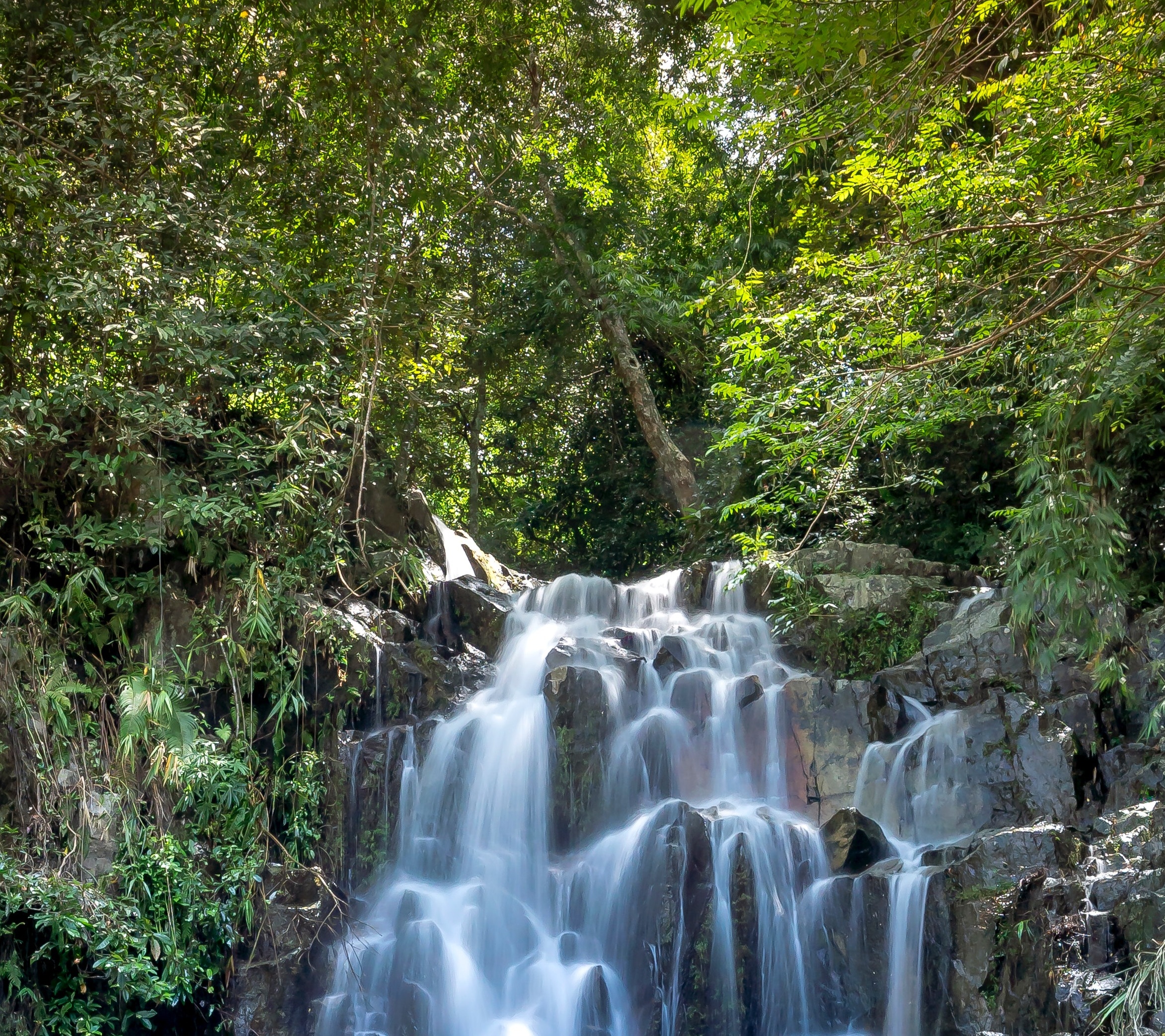Visitors have accessed this post 113 times.
Introduction
The Cauvery River, known as the Ganga of the South, holds immense cultural, economic, and ecological significance for the states of Karnataka and Tamil Nadu in India. However, the river has also been at the center of a protracted and contentious dispute over water-sharing for decades. This article delves into the complexities of the Cauvery River issue, the historical background, and the ongoing challenges it presents to the affected states and the Indian government.
The Cauvery River: A Lifeline for South India
The Cauvery River originates in Karnataka’s Western Ghats and flows through Tamil Nadu, forming a significant portion of the state’s eastern boundary. The river then traverses through Puducherry before finally draining into the Bay of Bengal. Its basin covers a vast area of approximately 81,155 square kilometers, making it a vital water resource for the states through which it flows.
Historically, the Cauvery River has been the lifeblood of the region, supporting agriculture, drinking water, and providing a source of livelihood for millions of people. Its waters have allowed farmers to cultivate crops, particularly rice, in both Karnataka and Tamil Nadu, contributing significantly to the agricultural output of these states.
The Cauvery Dispute: Historical Roots
The Cauvery River dispute is not a new phenomenon but a long-standing issue rooted in history. It can be traced back to pre-independence times when various agreements and accords were made to address water-sharing between the Madras Presidency (now Tamil Nadu) and the Princely State of Mysore (now Karnataka).
Post-independence, the issue persisted as Tamil Nadu and the newly formed state of Karnataka couldn’t agree on a fair and equitable sharing of Cauvery’s waters. Numerous negotiations, agreements, and court interventions have taken place over the years, but the dispute continues to be a flashpoint of contention.
Key Aspects of the Dispute
Water Sharing Formula: The primary bone of contention revolves around the allocation of Cauvery’s waters between Karnataka and Tamil Nadu. The disagreement mainly hinges on the quantum of water to be released at different points along the river, especially at the Mettur Dam in Tamil Nadu.
Distress and Dependency: Both states argue that they are heavily dependent on the Cauvery for their agriculture. Karnataka emphasizes that it needs a sufficient share for its farmers, while Tamil Nadu contends that a consistent supply is essential for its rice crops.
Legal Battles: The dispute has seen numerous legal battles, including the involvement of the Cauvery Water Disputes Tribunal and the Supreme Court of India. These legal interventions have often resulted in temporary arrangements, but a long-term solution has remained elusive.
Environmental Concerns: Excessive water withdrawal and unsustainable agricultural practices have raised concerns about the environmental impact on the river basin, including reduced groundwater levels and degradation of ecosystems.
Political Sensitivity: The Cauvery River issue is not just a matter of water allocation but also a highly sensitive political issue. It has often led to protests, violence, and disruptions in both states.
Efforts to Resolve the Dispute
Several attempts have been made over the years to find a lasting solution to the Cauvery River dispute. Some of the notable efforts include:
The Cauvery Water Disputes Tribunal: In 1990, the Indian government constituted the Cauvery Water Disputes Tribunal to adjudicate on water-sharing among the riparian states. The tribunal issued its final award in 2007, which both Karnataka and Tamil Nadu challenged in the Supreme Court.
The Supreme Court’s Intervention: The Supreme Court of India has played a significant role in mediating the dispute. It has issued various directives and orders, including the formation of a Cauvery Management Board to oversee water-sharing.
Bilateral Agreements: At times, Karnataka and Tamil Nadu have managed to strike bilateral agreements, albeit temporarily, to share water during crisis situations.
Challenges and the Way Forward
The Cauvery River dispute is a complex and multifaceted issue with no easy solution. Several challenges hinder a lasting resolution:
Political Compulsions: Political interests in both states often take precedence over rational water management. Politicians find it challenging to make concessions on such a contentious issue.
Monsoon Dependency: The dependence on monsoon rains in the region exacerbates the problem. Irregular rainfall patterns and climate change effects further complicate water availability.
Legal Complexity: Legal battles and judicial interventions have created uncertainty and prevented the formulation of a comprehensive and long-term water-sharing plan.
Water Stress: With growing urbanization and industrialization in the region, water stress has increased. Balancing the needs of agriculture, industry, and urban areas is a daunting task.
To move forward, it is essential to address these challenges systematically:
Negotiations and Mediation: Both states must engage in open and sincere negotiations. Mediation by the central government or independent experts could help bridge the trust deficit.
Sustainable Water Management: A sustainable water management plan, focusing on efficient irrigation practices, water conservation, and recharging of aquifers, can reduce the pressure on the Cauvery’s resources.
Community Participation: Involving local communities in the management of the river’s resources and raising awareness about water conservation are critical steps.
Scientific Approaches: Decision-making should be informed by scientific data, including assessments of water availability and environmental impacts.
Respecting Legal Decisions: Both states should respect and implement the decisions and directions issued by the Cauvery Management Board and the Supreme Court.
The Cauvery River issue represents a complex web of historical, political, and environmental factors. While it has defied easy solutions, it is imperative for the states of Karnataka and Tamil Nadu to find a way forward that balances the needs of their people and the ecological health of the river. Sustainable water management, community participation, and adherence to legal directions are essential components of resolving the Cauvery River dispute and ensuring a brighter future for the region. The Indian government, as well as the states involved, must work together to find a lasting solution to this longstanding issue and harness the potential of the Cauvery River as a unifying source of prosperity.
